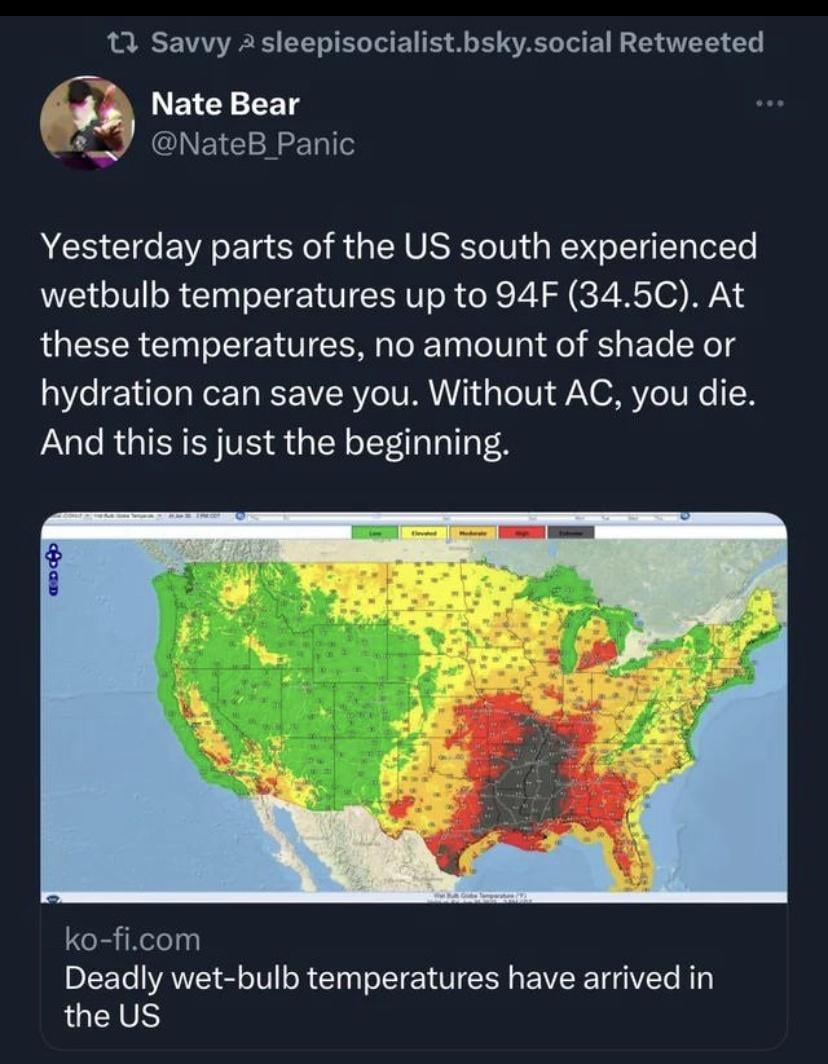The First World War had just begun, and already the wounds were rotting on the battlefield. In the last months of 1914, doctors like Sir. W. Watson Cheyne of the Royal College of Surgeons of England noted with horror the “great prevalence of sepsis,” the potentially life-threatening response triggered by a bad infection. And by December 1915, a British report warned that the thousands of wounded men were threatening to exhaust the material for bandages.
Desperate to get their hands on something sterile that would keep wounds clear of infection, doctors started getting creative. They tried everything from irrigating the wounds with chlorine solutions to creating bandages infused with carbolic acid, formaldehyde or mercury chloride, with varying degrees of success. But in the end, there simply wasn’t enough cotton—a substance that was already in high demand for uniforms and its recently discovered use as an explosive—to go around.
What were the Allied Powers to do? A Scottish surgeon-and-botanist duo had an idea: stuff the wounds full of moss.
Yes, moss, the plant. Also known as sphagnum, peat moss thrives in cold, damp climates like those of the British Isles and northern Germany. Today, this tiny, star-shaped plant is known for its use in horticulture and biofuel, not to mention its starring role in preserving thousands-year-old "bog bodies" like the Tollund Man, which Smithsonian Magazine revisited last month. But humans have also used it for at least 1,000 years to help heal their injuries.
...
Sphagnum moss also has antiseptic properties. The plant’s cell walls are composed of special sugar molecules that “create an electrochemical halo around all of the cells, and the cell walls end up being negatively charged,” Kimmerer says. “Those negative charges mean that positively charged nutrient ions [like potassium, sodium and calcium] are going to be attracted to the sphagnum.” As the moss soaks up all the negatively charged nutrients in the soil, it releases positively charged ions that make the environment around it acidic.
For bogs, the acidity has remarkable preservative effects—think bog bodies—and keeps the environment limited to highly specialized species that can tolerate such harsh environments. For wounded humans, the result is that sphagnum bandages produce sterile environments by keeping the pH level around the wound low, and inhibiting the growth of bacteria.
